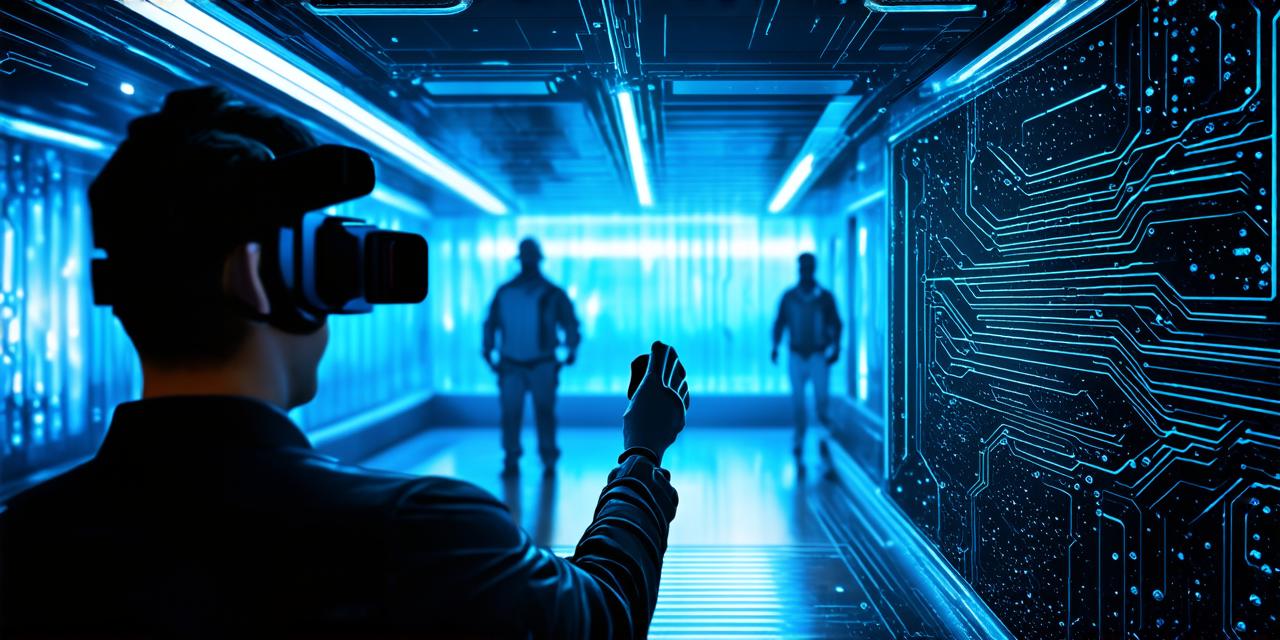
Virtual and Augmented Reality (VR and AR) Technologies are Revolutionizing the Way We Interact with Digital Content.
These immersive technologies have gained significant attention in recent years, especially in the gaming industry. However, their potential applications extend beyond entertainment, and they can be used in various industries to enhance user experiences and improve efficiency.
Virtual Reality (VR) Technology
Virtual reality is a technology that simulates a 3D environment and allows users to interact with it using sensors or controllers. The VR headset blocks out the real world, and the user experiences a completely immersive environment.
One of the key benefits of VR technology is its ability to create highly realistic simulations. This technology can be used in various industries, such as healthcare, training, education, and gaming, to provide users with an authentic experience that they cannot get elsewhere.
Virtual reality also has the potential to improve mental health and well-being. Studies have shown that VR therapy can be effective in treating phobias, anxiety disorders, and post-traumatic stress disorder (PTSD). By creating a safe and controlled environment, users can confront their fears and overcome them.
Augmented Reality (AR) Technology
Augmented reality is a technology that overlays digital content onto the real world. This technology uses cameras and sensors to track the user’s position in the real world and superimpose digital objects on top of it. AR can be used in various industries, such as marketing, education, and entertainment.
One of the key benefits of AR technology is its ability to enhance the user experience. By adding digital content to the real world, users can interact with it in new ways and gain a deeper understanding of the subject matter. For example, architects can use AR to visualize their designs in a 3D space and make changes in real-time.
AR technology also has the potential to improve efficiency and reduce errors in various industries. In manufacturing, AR can be used to guide workers through complex assembly processes, reducing the likelihood of errors and increasing productivity. In healthcare, AR can be used to assist doctors during surgeries by providing real-time information about the patient’s anatomy.
Case Studies and Personal Experiences
There are many examples of how VR and AR technologies have been successfully implemented in various industries. One such example is the use of VR technology in the automotive industry. Car manufacturers can use VR to create realistic simulations of their vehicles, allowing customers to experience them before making a purchase decision. This has led to increased customer satisfaction and reduced returns.
Another example is the use of AR technology in the retail industry. IKEA has developed an AR app that allows customers to see how furniture would look in their homes before making a purchase decision. This has led to increased sales and reduced returns.
Personal experiences with VR and AR technologies have also been positive. For example, one user described using VR technology to treat her fear of heights. By confronting her fears in a controlled environment, she was able to overcome them and enjoy activities that she previously avoided due to her phobia.
Research and Experiments
Numerous studies have been conducted on the effects of VR and AR technologies on various aspects of human behavior. One such study found that VR therapy can be effective in treating anxiety disorders, with 70% of participants showing significant reductions in symptoms after treatment. Another study found that AR technology can improve learning outcomes by increasing engagement and retention.
Expert Opinions and Guidance
Experts in the field of VR and AR technologies believe that these technologies have significant potential for various industries.
